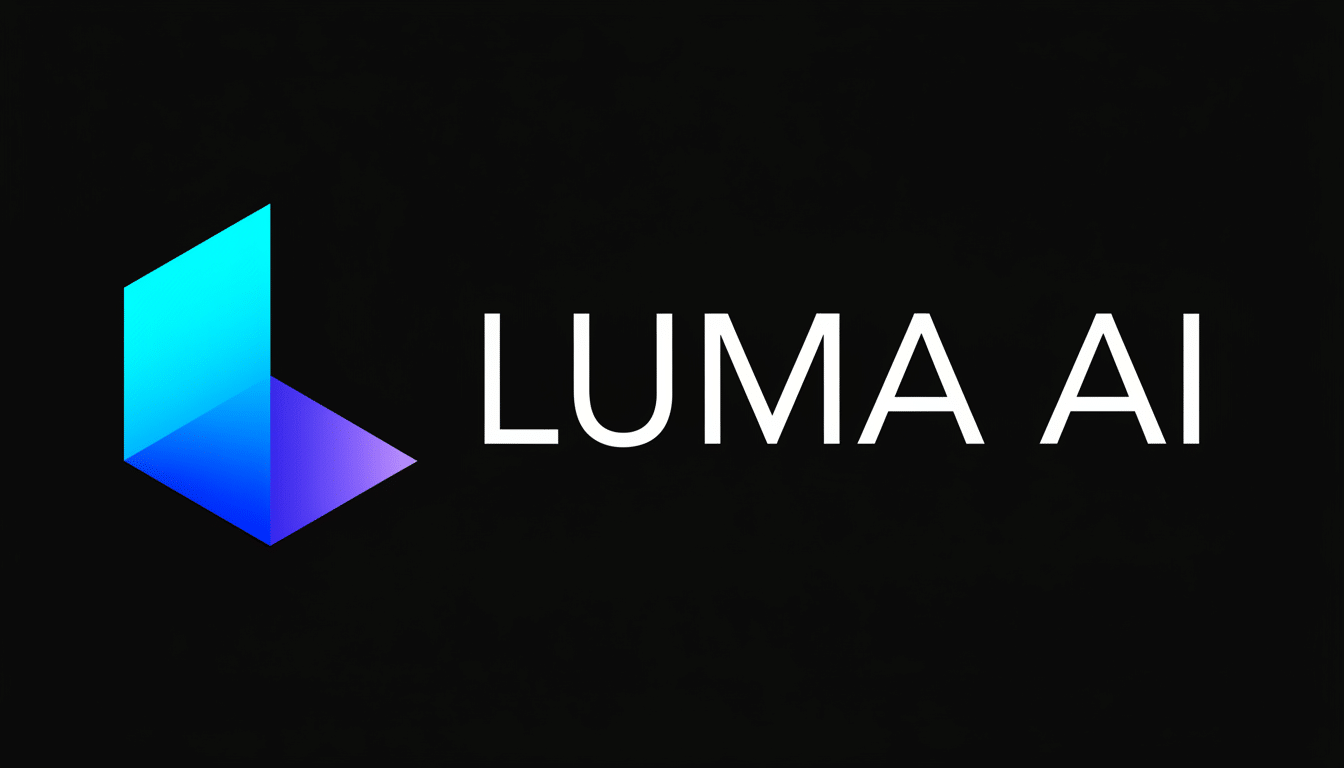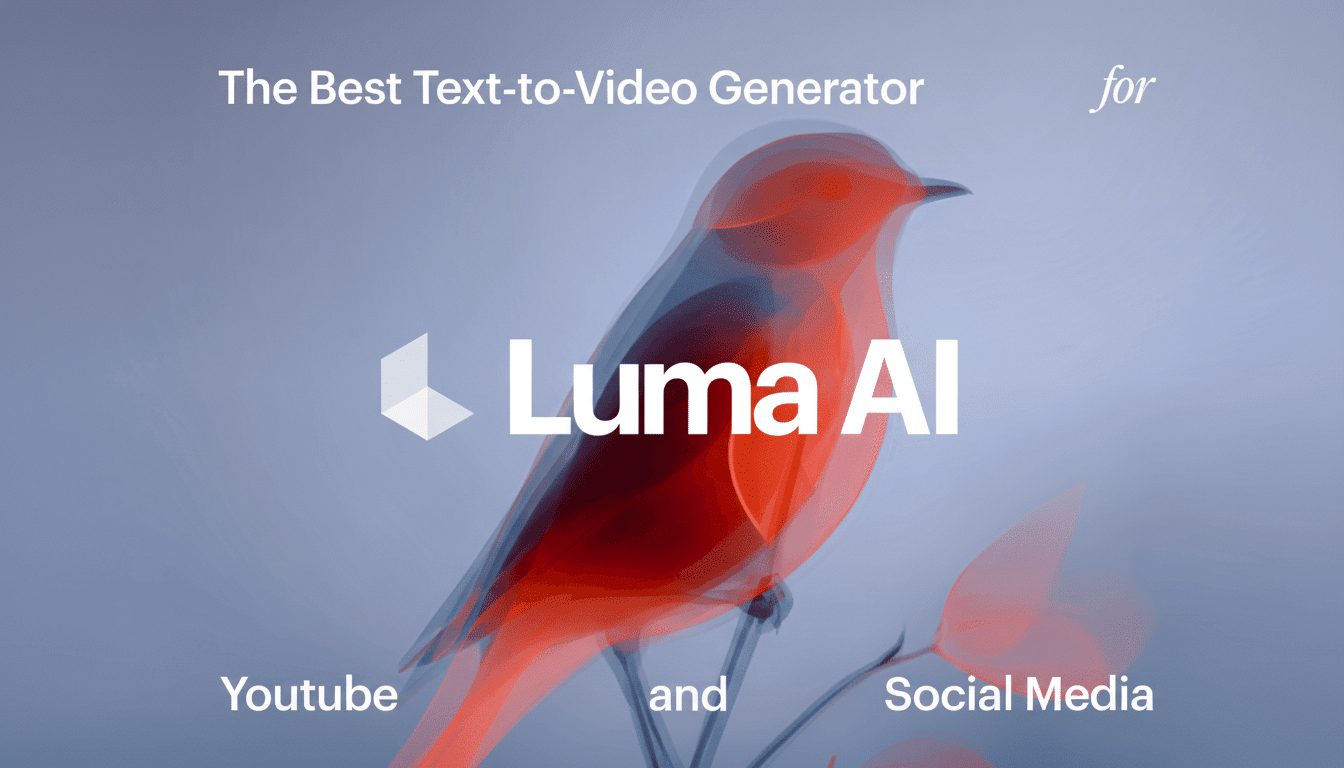The new model, called Ray3, debuting today from Luma AI comes with a bold boast: it “reasons” as it produces video. That promise is significant because most text-to-video systems still work like one-shot image models spooled out over time, and can have problems with continuity, physics and maintaining the consistency of characters. Rather, Ray3 treats production as a set of decisions taken in sequence, planning and revising not after but before it renders; the result is videos that aspire to look coherent from frame one through however many frames are on offer.
What ‘reasoning’ really means in AI video production
“Reasoning” in practice here is not consciousness; it’s model-driven problem-solving. Instead of leaping from a prompt to pixels, Ray3 breaks down a request into steps — concept, shots, motion, lighting and final render — much like a creative team creates previsualization before shooting. The model generates “rough” instructions along the way such as textual notes, annotations and camera suggestions, and iteratively verifies spatial and temporal consistency until it reaches the final clip.

This piecemeal approach solves the most difficult problems of generative video: preserving identities across shots, maintaining cause and effect (objects don’t teleport; shadows shift with the sun) and keeping camera language intentional. Industry observers speculate that these systems do so with a planner and a renderer — typically a diffusion or transformer-based video generator — connected by cross-frame attention, as well as signals (like depth, optical flow, or segmentation) that enforce consistency.
What Ray3 does differently from other AI video tools
Ray3’s killer feature is multimodal planning. You can tell it to lay out sequences, mark up frames with shot annotations or even propose lenses and camera paths before you take the plunge into a render. That makes it as much a preproduction partner as creator, mixing story beats with visuals the way previs artists do in film and game pipelines.
Another differentiator is output quality. Ray3 is capable of 4K high dynamic range video, enabling it to surpass the typical 1080p outputs seen on most public models, according to Luma. HDR is not only about resolution; it preserves highlights and shadow detail, which sell realism when details like the glint on metal or neon lights glowing are important in a scene’s day-to-night changes.
Ray3 also has a draft mode where it can start up its various versions quickly. Think of it as an automatic trip to the lighting and blocking room: Just compare alternate camera angles, timings or move arcs next to each other without recrafting any prompts. For teams, that distills the slowest part of ideation — trying and rejecting options — into minutes.
Access matters, too. The model is what powers Luma’s Dream Machine and is now being exposed through a few select creative suites, opening up who can experiment with multi-shot, plan-aware generation. That stands in contrast to other high-profile systems like OpenAI’s Sora or Google’s Veo, which have been paraded around with good reels but are only available in limited quantities. Runway’s Gen-3 and Meta’s Emu Video are all about controllability and fidelity, but Ray3 pushes its view of explicit planning and HDR delivery into a different lane.

Why creators care about Ray3 and planning-led video
For filmmakers, advertisers and game studios, the most expensive minutes are the wrong ones — shots that don’t cut together, scenes that break continuity, or iterations that necessitate reshoots. Ray3 is working to alleviate some of those costs by frontloading planning and maintaining consistency. A creative director can create a shot list, or recommended camera moves, and test alternate story beats before rendering out the polished sequence.
Imagine a brand testing a 10-second spot: in draft mode, that means five different product reveals, two lighting options and three pacing choices before ever pulling a final render. For an animation artist, it could previsualize a rail ride with character scale and world physics correctly rendered, then give the referenced clips to animators. Market researchers WARC and GroupM have both flagged continued growth in investment in online video ads, so the appeal of being able to prototype more concepts quickly without blowing the budget is obvious.
Reality check: limits, open questions, and practical risks
Reasoning is a slippery word in AI, and researchers have cautioned about inflating its significance.
Research from places like Stanford and MIT has established that chain-of-thought-style outputs can seem reflective even if genuine causal validity is not there. In video, that caution manifests as edge cases: intricate hand-object relationships, long-horizon stories, and occlusions continue to confound models.
There are also practical considerations. 4K HDR high-fidelity generation is compute-intensive, and real-world adoption will depend on render times, queue limits and hardware costs. Provenance and safety matter, too. Industry groups, including the Coalition for Content Provenance and Authenticity and the Academy Software Foundation, are pushing standards to label AI media content and integrate it with existing workflows. How Ray3 fits within those norms — and how it deals with licensing, likeness rights and brand safety — will be closely watched by enterprise customers.
The bottom line on Ray3’s planning-first AI video model
Ray3 doesn’t demonstrate that AI understands stories, but it does demonstrate planning — performed by the model itself rather than just user input, in this case — can make a material difference. Through a combination of multimodal preproduction, rapid iteration and high-fidelity renders, Luma is trying to move generative video from party trick to production tool. If its “reasoning” can help keep scenes coherent across shots and styles at scale, it may change how teams brainstorm, block and buy creative — well before anyone rolls a camera.

